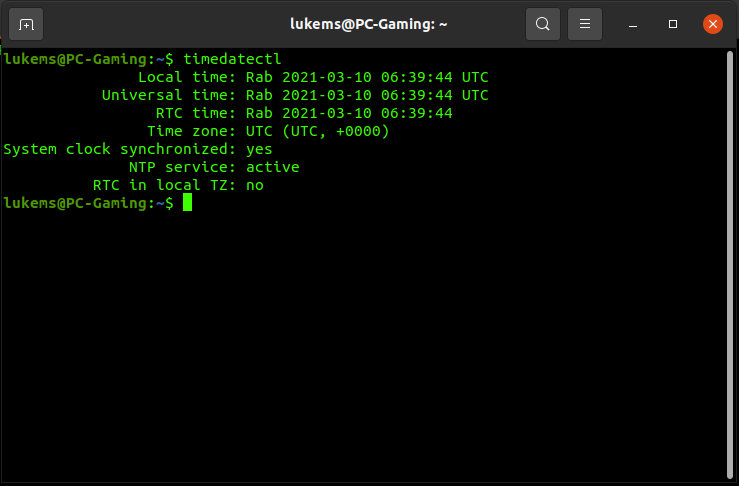

Replace YY-MM-DD with Year-Month-Day, and HH:MM:SS with Hour:Minute:Second.

You may get an error in this mode, since updating the hardware clock to the local timezone is unsupported. To have your Real-Time Clock synchronize to your local timezone enter: timedatectl set-local-rtc 1 Set Hardware Clock to Sync to Local Timezone Your system has a tiny quartz crystal and a battery that keeps time at times when the system disconnects from a network. RTC stands for Real-Time Clock, another name for the hardware clock in your computer. They are equivalent terms when fractions of a second are not relevant.
HOW TO CHANGE TIMEZONE LINUX UPDATE
The ntpdate command will query an NTP server and update the system time accordingly, while the date command allows you to view and change the system time and date settings.Note: GMT and Zulu Time are often used to refer to UTC. What is the difference between the ntpdate command and the date command? Check the status with the timedatectl command to see the time zone change: timedatectl Local time: Wed 08:38:49 CDT Universal time: Wed 2020-04. Example: Change to the central time zone: timedatectl set-timezone America/Chicago.
 This command will query an NTP server and update the system time accordingly. To set the timezone, run a command similar to the following one: timedatectl set-timezone
This command will query an NTP server and update the system time accordingly. To set the timezone, run a command similar to the following one: timedatectl set-timezone The best way to sync time in Linux is to use the ntpdate command. Alternatively, type the command below, where Z format prints the alphabetic timezone and z prints the numeric timezone: date +'Z z'. We will start by using the traditional date command to find out present timezone as follows: date. What is the best way to sync time in Linux? Well, let us dive into the different ways of finding out our Linux system timezone. This can lead to errors and system instability. If you don’t sync time in Linux, it can cause issues with applications and services that rely on accurate timekeeping. However, if your system is critical or you are using applications that require accurate timekeeping, you may need to sync more often. It is generally recommended to sync time in Linux at least once a day. When the system time is not synced, it can cause issues with applications and services that rely on accurate timekeeping. Syncing time in Linux is important because it helps to keep your system running smoothly and prevents errors. The hwclock command writes the current system time to the hardware clock, while the date command allows you to view and change the system time and date settings. What is the difference between the hwclock command and the date command? However, if you need to change the time permanently, then you should use the hwclock command. If you need to change the time on your machine temporarily, then you should use the date command. The answer to this question depends on your needs. Now that we have discussed both methods, you may be wondering which one you should use. Which method should you use to change time in Linux? Keep in mind that this change is permanent and will not be reverted after you reboot your machine. This will write the current system time to the hardware clock.

Once you are logged in as the root user, you can issue the following command: hwclock -w To use the hwclock command, you will need to be logged in as the root user. The hwclock command will update the hardware clock on your machine, which is independent of the system clock. The hwclock command is another way to change the time on your Linux machine. This will display the current system time and date settings.įor example, if you wanted to set the system time and date to January 15th, 2030 at 12:00pm, you would type the following command: timedatectl set-time “ 12:00:00” change time on Linux with Hwclock command To use the timedatectl command, type “timedatectl” at the command prompt. This command allows you to view and change the system time and date settings.


 0 kommentar(er)
0 kommentar(er)
